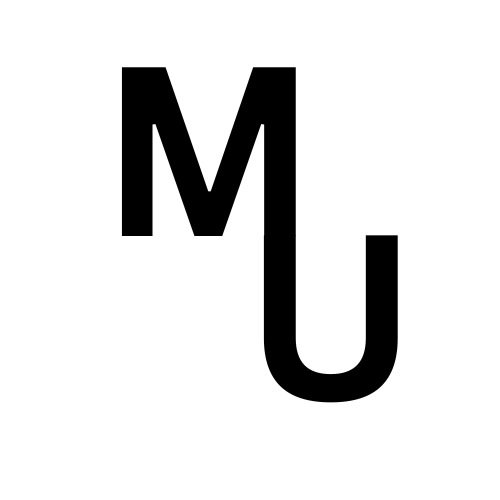### **Background Research for the Article**
Schaum, or foam, is a versatile material that finds applications in numerous industries beyond just food and beverages. It plays a crucial role in various everyday products and advanced technologies:
1. **Culinary Applications**: In the culinary world, foam is essential for creating textures in foods such as beer, coffee, cream-based desserts like Mousse au Chocolat, and whipped cream.
2. **Construction and Insulation**: Foams are widely used as insulation materials in refrigeration systems to maintain temperatures efficiently. This contributes to energy savings by reducing heat transfer.
3. **Medical Devices**: Foam materials are integral to the design of prosthetics and padded medical devices, providing comfort while ensuring structural integrity.
4. **Transportation & Manufacturing**: Lightweight foams are used in automotive manufacturing for seating options due to their durability and comfort qualities while significantly reducing vehicle weight—an important factor considering fuel efficiency.
5. **Consumer Products**: Everyday items such as footwear insoles oftentimes utilize foam technology which provides cushioning support as well as shock absorption.
The research into improving foam production through advanced simulation tools can lead not only to quality upgrades in consumer products but also reductions in costs associated with manufacturing processes through optimized designs—pointing towards sustainable practices that many companies strive towards today.
—
### FAQ
**1. What is the significance of foam beyond food products?**
Foam has widespread applications across various industries including construction (as insulation), medical devices (in prostheses), automotive (in lightweight seating solutions), and consumer goods (like shoe insoles). Its unique properties offer both functional benefits like insulation or shock absorption along with weight reduction capabilities which enhance overall efficiency or effectiveness of final products across sectors.
**2. Who is Dr. Konrad Steiner?**
Dr Konrad Steiner leads the department of „Flow- and Material Simulation“ at Fraunhofer ITWM institute focusing on innovative methods aimed at optimizing material processes—a critical area given today’s emphasis on efficiency within manufacturing disciplines where fine-tuning can yield significant results related directly back onto product performance overall cost-effectiveness too!
**3. What are FOAM and FeelMath?**
FOAM refers to software tools developed under Dr Steiner’s guidance intending outreach deeper understanding about creation/manipulation of different types foams effectively governing variables impacts functioning end-products from these materials whilst FeelMath serves alongside this aiding analysis mathematical modeling – data which combines rationale behind decision-making when designing custom solutions based individual needs respective consumers’ perspectives shining even more light upon unique characteristics relevant final results being showcased later down line!
**4。 When will Fraunhofer ITWM display its contributions at Foam Expo Europe 2024?**
Fraunhofer ITWM will be present showcasing technological advancements between December 3rd through 5th during this highly anticipated event taking place within Stuttgart offering visitors chance learn much more regarding latest developments influencing future outcomes ever-evolving realm foaming industry artificial environments driving innovation forward continuously!
—
### Short Summary for Messenger
🚀 Exciting news from Fraunhofer ITWM! In an interview with Dr. Konrad Steiner, we’re exploring how innovative simulation tools like FOAM & FeelMath optimize foam production 🛠️🌍 Foam isn’t just for beer & desserts; it’s critical for insulation 🌬️🏗️ , prosthetics 💉 , car seats 🚗 , & more! Join us Dec 3-5 at Foam Expo Europe 2024 ✨🗓️ Check out all details here → [Press Release](http://idw-online.de/de/news843628)
Originamitteilung:
Der perfekte Schaum ist nicht nur wichtig für Getränke wie Bier und Kaffee oder für die luftige Konsistenz der Mousse au Chocolat beim Weihnachtsmenü. Auch zur Isolation in Kühlgeräten oder Batterien sowie in Sitzpolstern, Prothesen oder Schuhsolen kommt Schaum zum Einsatz.
Dr. Konrad Steiner, Leiter der Abteilung »Strömungs- und Materialsimulation«, gibt im Interview Einblicke in die neueste Entwicklung der Software-Tools FOAM und FeelMath.
Vom 3. bis 5. Dezember 2024 präsentiert das Fraunhofer-Institut für Techno- und Wirtschaftsmathematik ITWM außerdem auf der Foam Expo Europe 2024 in Stuttgart seine Beiträge für die Zukunft der Schaumproduktion für den Leichtbau.
